Bucharest, the vibrant capital of Romania, is home to a remarkable historical gem – the Medieval Princely Court of Vlad Tepes. This 15th-century site, where the infamous Wallachian prince once ruled, offers visitors a captivating glimpse into the country’s storied past. Steeped in legends of dark dungeons and ruthless justice, the Old Princely Court has undergone extensive reconstructions and archaeological excavations, revealing its medieval origins and the oldest document confirming Bucharest’s founding. Delving into its rich history and architectural marvels promises to transport you back in time, hinting at the many secrets and surprises that await the curious explorer.
Key Points
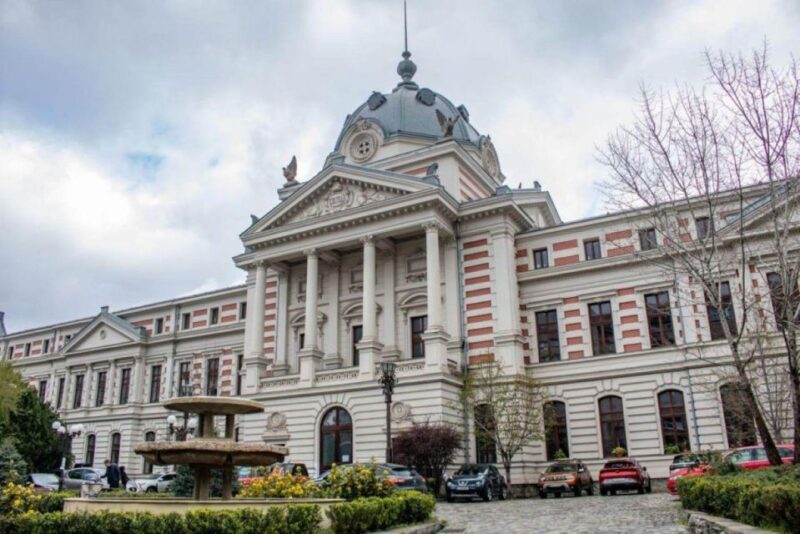
- The Old Princely Court in Bucharest was built in the 15th century by Vlad Tepes, the infamous ‘Vlad the Impaler’, and served as the residence for Wallachian princes.
- Legends surround the court, including tales of dark dungeons where prisoners were tortured, contributing to the mystique surrounding Vlad Tepes and the character of Count Dracula.
- Archaeological excavations at the Old Princely Court have uncovered the oldest document confirming Bucharest’s founding, signed by Vlad Tepes in 1459, providing insights into the city’s medieval origins.
- The Old Princely Court has endured multiple reconstructions and natural disasters, reflecting Bucharest’s changing architectural styles and the resilience of this historic landmark.
- The Old Princely Court and its museum offer visitors an immersive experience into Bucharest’s rich history, showcasing the city’s medieval charm and captivating architectural gems.
Tour Overview and Details
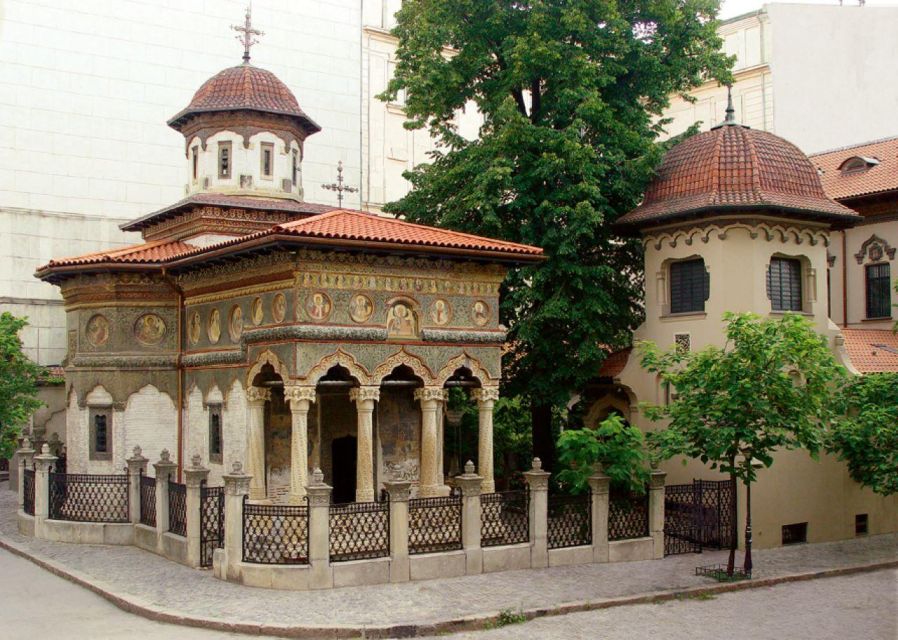
The tour offers a price of $78.59 per person for a 3-hour exploration of Bucharest’s medieval heritage, with free cancellation up to 24 hours in advance and the option to reserve and pay later. It features a live tour guide available in both English and Romanian, and the tour is wheelchair accessible.
The starting location is Boulevard Ion C. Brătianu, near the historic Colțea Hospital established in 1704. Highlights include the Old Princely Court, Romanian Athenaeum, Stavropoleos Monastery, and the charming Lipscani and French Streets.
Visitors will explore the legends and history surrounding Vlad the Impaler, whose 15th-century palace is a focal point, and discover Bucharest’s rich architectural and cultural gems.
You can also read our reviews of more tours and experiences in Bucharest.
Itinerary Highlights
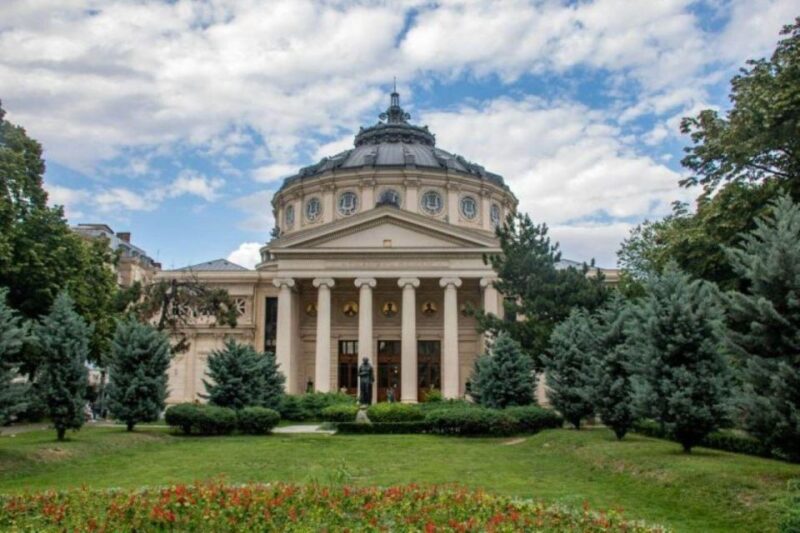
The tour starts at Boulevard Ion C. Brătianu, near the historic Colțea Hospital established in 1704. It then proceeds to highlight several notable landmarks, including the Old Princely Court Voivodal Palace, the Romanian Athenaeum, the Stavropoleos Monastery, and the Coltei Church.
Visitors will also explore the charming Lipscani Street, a 15th-century commercial hub, as well as the first fully paved street in Bucharest, French Street.
These captivating sites offer a glimpse into Bucharest’s rich history, from its medieval roots to its architectural gems. The tour provides a comprehensive introduction to the city’s most significant landmarks, allowing travelers to enjoy the captivating stories and legacy of Vlad Țepeș’s medieval princely court.
Historical Significance of Vlad Tepes
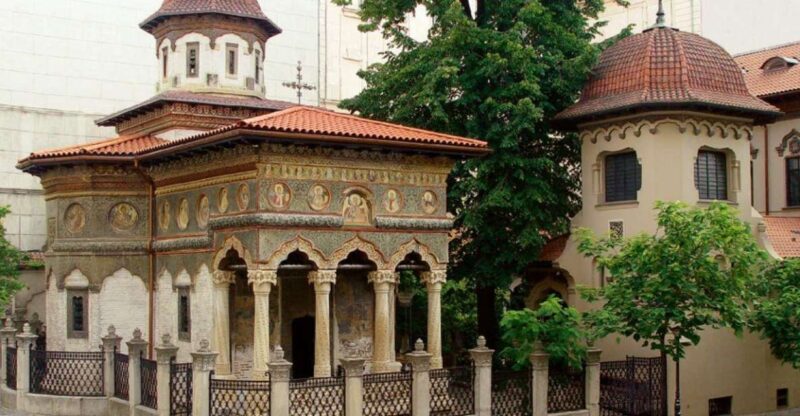
Closely tied to Bucharest’s medieval history is the legacy of Vlad Țepeș, also known as Count Dracula, whose Princely Court serves as the centerpiece of this historical tour.
Vlad Țepeș, the infamous 15th-century ruler of Wallachia, commissioned the construction of the Old Princely Court, which has since become inextricably linked to the legends surrounding his brutal reign and the character of Bram Stoker’s iconic vampire novel.
The historical significance of the Princely Court lies in three key aspects:
-
Vlad Țepeș’s reputation for ruthless justice, earning him the moniker ‘Vlad the Impaler.’
-
The legends of dungeons beneath the court where prisoners were allegedly tortured.
-
The court’s role as a seat of power for successive Romanian princes and its subsequent reconstructions and resilience against natural disasters.
Archaeological Findings
Archeological digs at the Old Princely Court site have revealed intriguing remnants that shed light on Bucharest’s medieval origins.
The Old Court Museum, established in 1972, was founded after these excavations uncovered the remains of the fortress. One of the most significant findings was the oldest document confirming Bucharest’s founding, signed by Vlad Tepes himself on September 20, 1459.
Plus, the nearby Old Court Church, dating back to 1559, was once a coronation church and features well-preserved 16th-century frescoes.
These archaeological discoveries have provided invaluable insights into the rich history and architectural heritage of Bucharest’s medieval era, offering visitors a tangible connection to the city’s storied past.
More Great Thing To Do NearbyCultural and Architectural Gems
Beyond the archaeological significance, Bucharest’s medieval legacy encompasses a wealth of captivating cultural and architectural gems that offer visitors a glimpse into the city’s rich history.
Three standout examples include:
-
Manuc’s Inn, a beautifully preserved 19th-century inn that was once a hub for travelers and merchants.
-
Caru cu Bere, a historic beer pub and restaurant established in 1879, known for its ornate, Gothic-style interior.
-
The Italian Church, a 1916 structure that showcases the city’s diverse architectural influences and religious heritage.
These sites, among others, allow visitors to enjoy Bucharest’s past, blending medieval charm with modern vibrancy.
The Old Princely Court
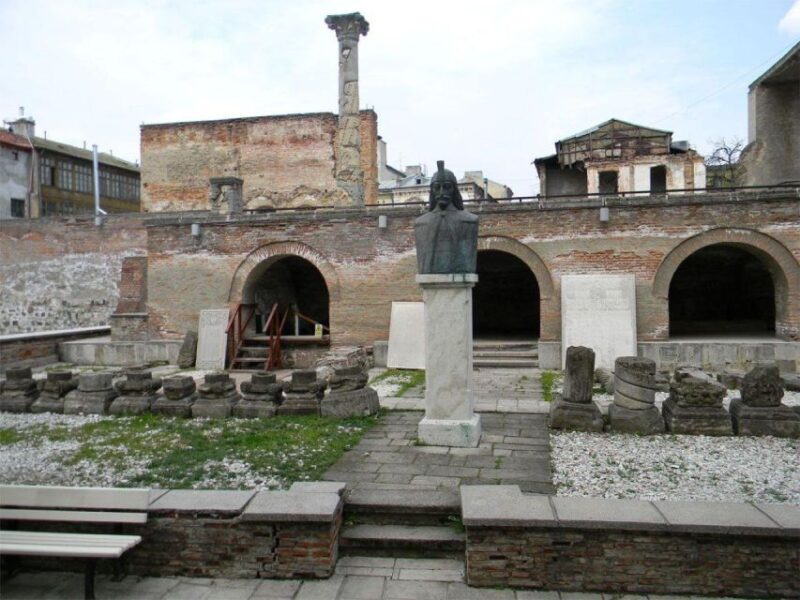
At the heart of Bucharest’s medieval legacy stands the Old Princely Court, a captivating structure built in the 15th century by the infamous Vlad Tepes, also known as Count Dracula. This historic site served as the residence and seat of power for Wallachian princes.
Legends persist of the dark dungeons beneath the court where prisoners were once held. Though the original palace has endured multiple reconstructions and natural disasters over the centuries, archaeological excavations have uncovered remarkable remnants, including the oldest document confirming Bucharest’s origin, signed by Vlad Tepes himself in 1459.
Today, the Old Court Museum offers visitors a glimpse into this fascinating chapter of Bucharest’s storied past.
Legends and Reconstructions
Shrouded in mystery, the legends surrounding the Old Princely Court have long captivated visitors, with tales of the dark dungeons beneath the historic structure where Vlad Tepes, the infamous Wallachian prince, is said to have imprisoned his enemies.
While the veracity of these stories remains uncertain, the court has undergone numerous reconstructions over the centuries, each reflecting the changing architectural styles and the shifting fortunes of the Romanian principality.
The court has endured:
-
Rebuilding by successive Romanian princes.
-
Damage from natural disasters like fires and earthquakes.
-
Restoration efforts to preserve its historic legacy.
Through it all, the Old Princely Court stands as a testament to Bucharest’s rich past, a living canvas where the legends of Vlad Tepes continue to captivate and intrigue.
Bucharest’s Rich History
The Old Princely Court, built in the 15th century by Vlad Tepes, stands as a testament to Bucharest’s rich and captivating history, offering visitors a glimpse into the city’s storied past.
Beyond the Princely Court, the Romanian capital is home to a wealth of architectural gems, from the iconic Romanian Athenaeum to the historic Coltei Church.
The city’s vibrant streets, like the 15th-century commercial hub of Lipscani Street and the first fully paved French Street, are a testament to Bucharest’s enduring legacy.
From the ancient Stavropoleos Monastery to the National History Museum, the city’s cultural and historical riches continue to captivate and inspire all who visit.
Frequently Asked Questions
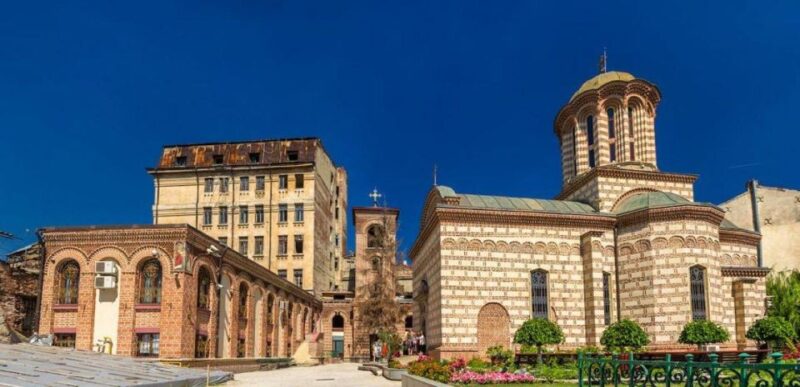
How Accessible Is the Tour for Those With Mobility Issues?
The tour is wheelchair accessible. It features stops along the route that are accessible, and the live tour guide can provide assistance to those with mobility issues throughout the 3-hour experience.
Are Guided Tours Available in Languages Other Than English and Romanian?
The tour offers live guided commentary in English and Romanian. While other languages may not be available, the tour is wheelchair accessible, allowing mobility-impaired visitors to participate and explore the historic sites.
What Is the Maximum Group Size for the Tour?
The guided tour doesn’t specify a maximum group size. However, it mentions that the live tour guide is available in both English and Romanian, suggesting a relatively small group size to facilitate interaction and allow all participants to engage with the guide effectively.
Are There Any Discounts or Special Rates for Students or Seniors?
The tour does not explicitly mention any discounts or special rates for students or seniors. However, it’s best to check with the tour operator directly, as they may offer such discounts or have special programs available.
Can the Tour Be Customized to Focus on Specific Historical Aspects?
Yes, the tour can be customized to focus on specific historical aspects. The tour operator offers flexibility to tailor the itinerary to the interests of the group or individual traveler, allowing for a more personalized experience.
Recap
The Old Princely Court in Bucharest offers a captivating glimpse into Romania’s history.
Visitors can explore the medieval site’s fascinating legends, architectural gems, and archaeological findings that reveal the residence of Wallachian princes and the legacy of Vlad the Impaler.
This significant landmark continues to captivate with its rich history and enduring significance in Bucharest’s past.
You can check if your dates are available here:More Tour Reviews in Bucharest
Not for you? Here's more things to do in Bucharest we have recnetly reviewed
- 2 Best Craft Beer Tours And Tastings In Bucharest
- 4 Best Dining Experiences In Bucharest
- 20 Best 2 Day Tours In Bucharest
- 3 Best Dinner Tours In Bucharest
- 20 Best 3 Day Tours In Bucharest
- 20 Best 4 Day Tours In Bucharest
- 3 Best Shopping Tours In Bucharest
- 13 Best Full-Day Tours In Bucharest
- 2 Best Coffee Tours And Tastings In Bucharest
- 6 Best Lunch Experiences In Bucharest
- 13 Best Food Tours In Bucharest
- Veliko Tarnovo and Medieval Bulgaria Private Day Trip From Bucharest
